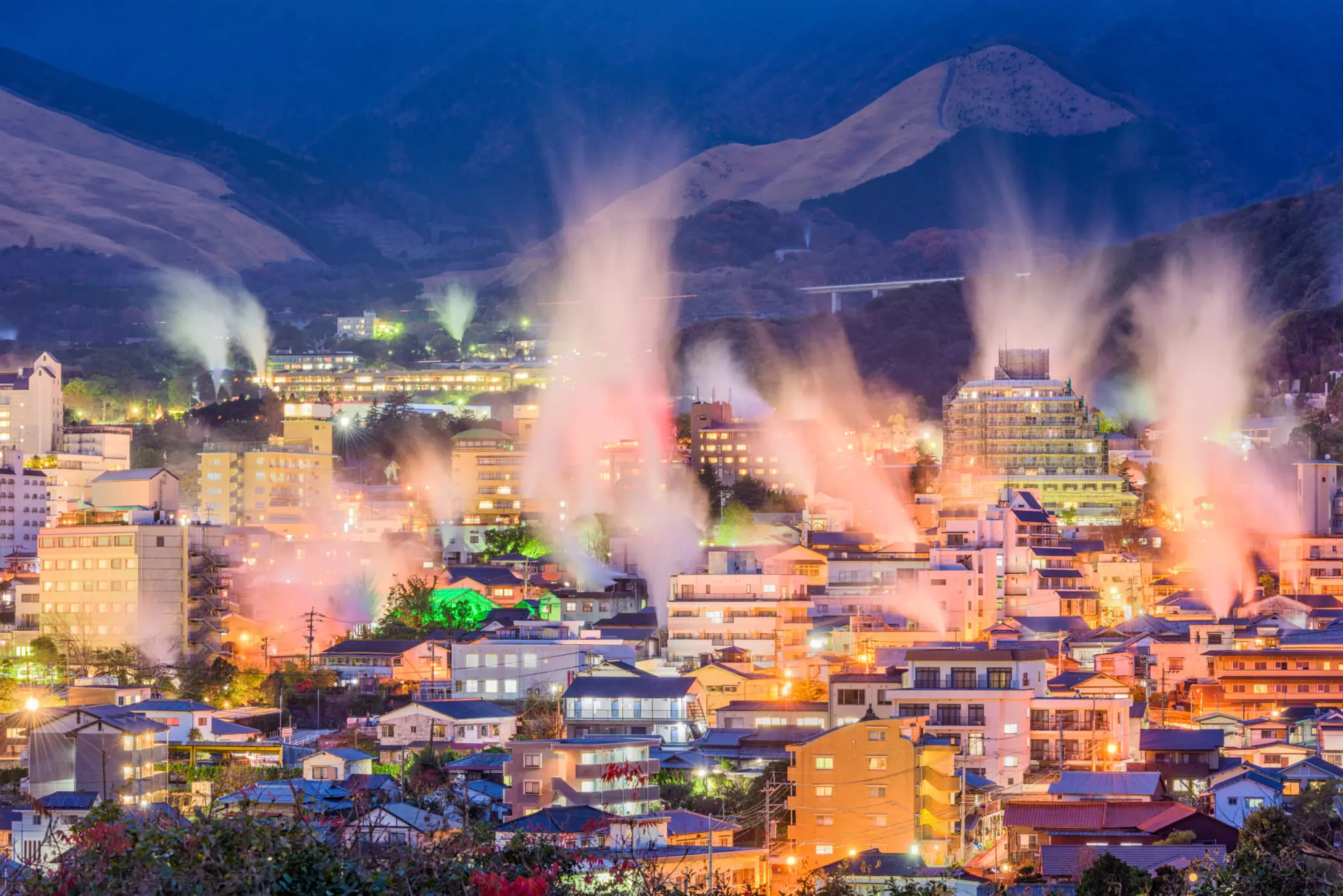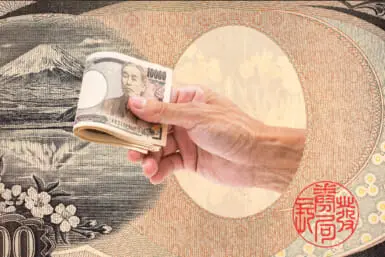There’s no other place in Japan quite like Beppu. Located on the southern island of Kyushu between Beppu Bay and volcanic mountains, it’s home to more than 2,000 hot spring sources. Every minute, close to 90,000 liters of geothermal water gushes out from these sources, ranking the city at number one in terms of hot spring water output in Japan and number two in the world behind Yellowstone National Park in the U.S. Known as the country’s “onsen capital,” it’s no surprise to hear that the place attracts over 4 million tourists annually.
It’s not just the quantity of the water in Beppu that makes this city special, but also the quality and variety. There are eight distinct onsen zones there, known collectively as Beppu Hatto. Each one is said to have its own unique characteristics. We recently visited two of them: Kannawa and Myoban. It’s fair to say they didn’t disappoint. As well as boasting soothing hot spring baths, both places had an enchanting quality with endearing little alleyways and gorgeous scenery. It made for a wonderful two-night stay.
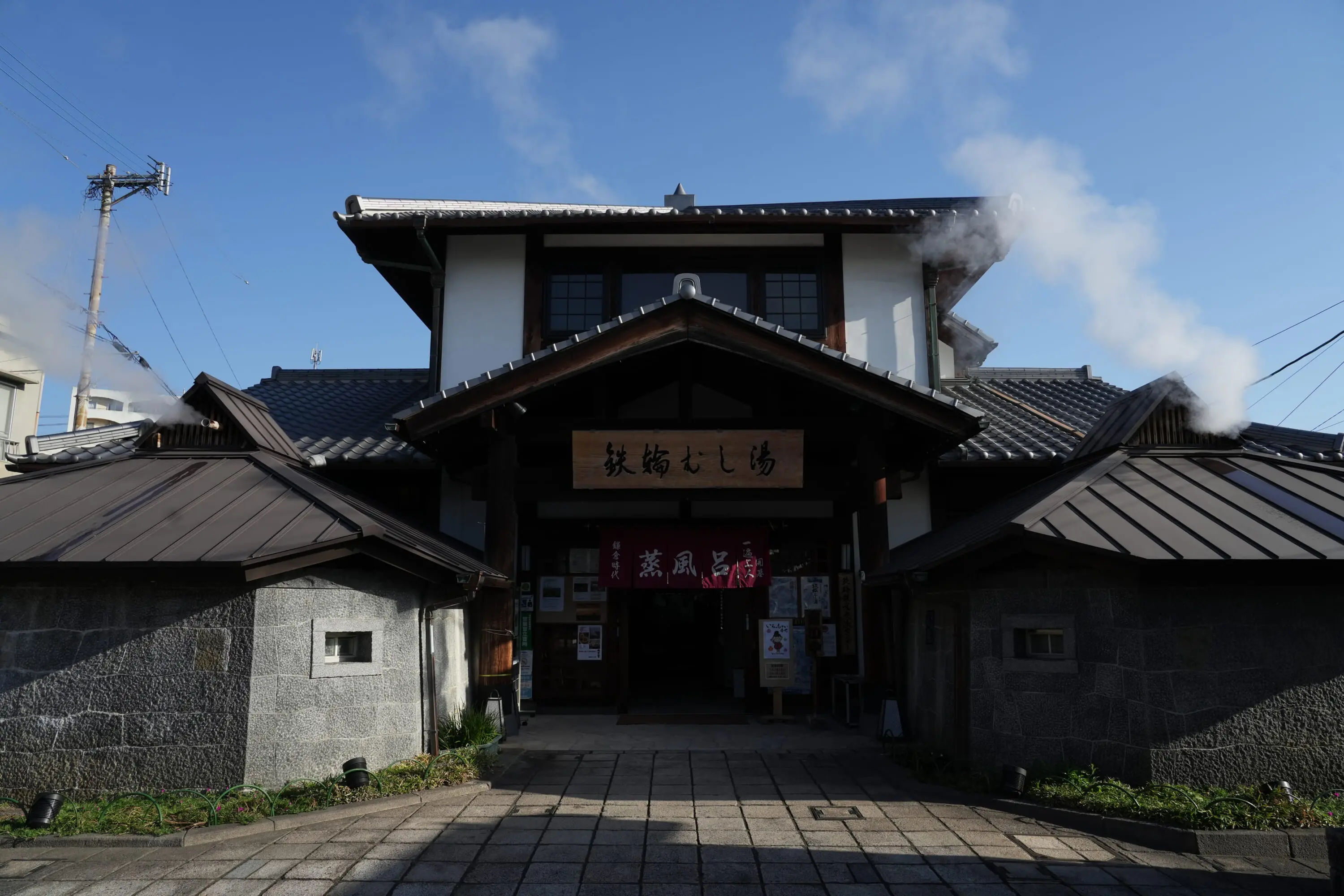
Kannawa Steam Bath
Kannawa and Its Billowing Clouds of Steam
Our first stop was Kannawa, one of the city’s most famous hot spring areas. Strolling around the quaint and quiet streets as strands of steam rose from cracks in the road was a slightly surreal yet calming experience. As steam also billowed out from the chimneys, we were curious to see what the town looked like from above, so we took a gentle walk up Miharashi-zaka, a slope with a panoramic view of Kannawa and beyond. With the smoky hell-like scene below and Mount Takasaki and the sea in the distance, it felt like we were observing an ethereal, otherworldly landscape that was truly unforgettable.
Kannawa is also home to springs that reach over 100 degrees Celsius. Known as jigoku (hells), they’re too hot to bathe in, but are spectacular to look at, particularly the milky blue water of Umi Jigoku (Sea Hell). Of course, there are many baths there that are suitable for soaking in as well, most of which are extremely cheap to enter. The ones we tried had transparent, acidic water that was gentle on the skin. We also experienced a steam bath known as mushi-yu, in which guests lie down on a bed of sekisho — Japanese herbs with a delightful scent — for eight to 10 minutes. Mushi-yu are said to have the equivalent detoxifying effect as 30 minutes in a sauna.
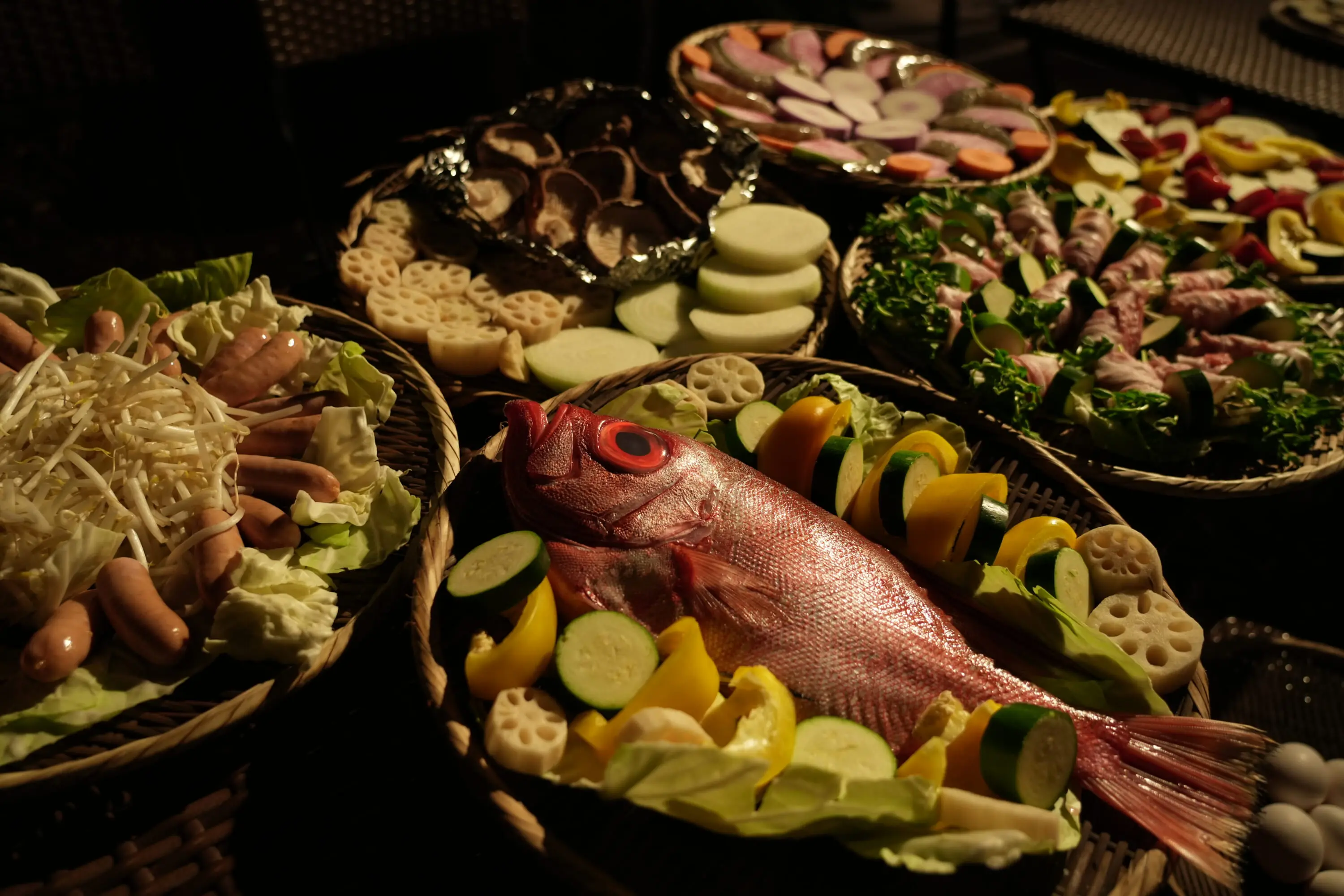
Jigoku-mushi
Sally Garden Inn Yanagiya
Our accommodation for both evenings was Sally Garden Inn Yanagiya, a traditional yet modern ryokan opened by Eiko Hashimoto in 2014. The history of the building, however, dates back almost 125 years. From the prominent noren curtain at the entrance to the antique furniture, it’s a place with a nostalgic ambience. During our stay, the staff went out of their way to ensure we felt as relaxed as possible, beginning with a cup of tea and fluffy chiffon cake. After settling into the spacious, Japanese-style room, it was then time for a dip in the hot spring, which has a naturally occurring skin moisturizer.
The onsen was great, but what really stood out about Yanagiya was the food. There were no chefs or waiters serving us; this was a meal we prepared ourselves using the jigoku-mushi (hell steaming) cooking method that’s been passed down through generations. We placed our ingredients into a basket and then on a furnace. The 100-degree Celsius steam coming out from the spring below did the rest. The items retained their original color, and most were ready to eat within 10 minutes. Simple and healthy, this technique draws out the true flavor of the ingredients while also removing excess fat and increasing the umami of the food.
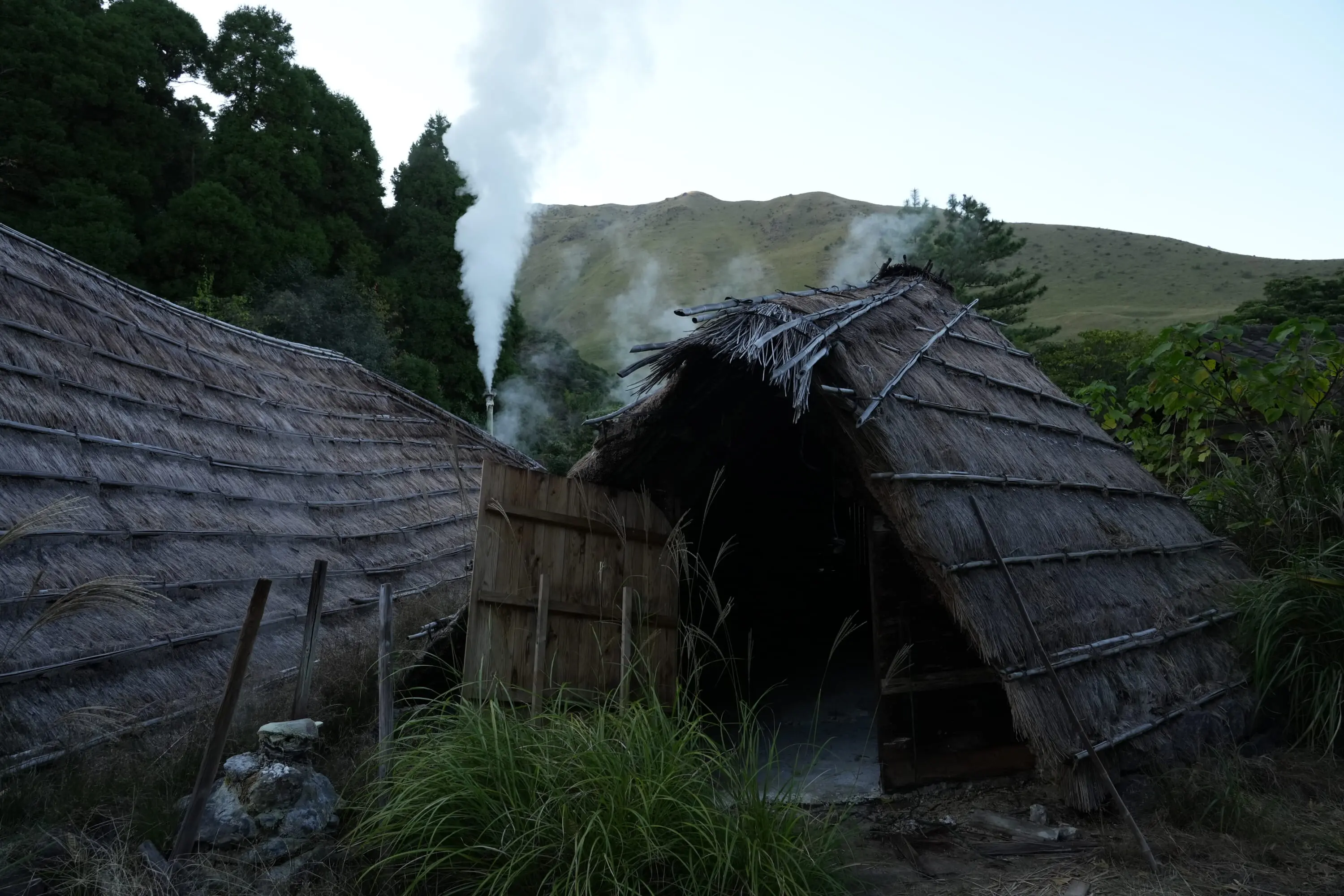
Myoban Yunosato and Its Historic Huts
The highlight of the trip was our visit to the hot spring resort of Myoban Yunosato. This is the only place in the world where you’ll find yunohana-goya — historic-looking thatched-roof huts where yunohana crystals are grown. Meaning “hot water flower,” the word yunohana refers to the natural bath salts known as sinter produced from alum steam that rises from the fumarole-rich land, and montmorillonite, a blue clay rich in deposits. The gas seeps out into the clay and becomes crystalized. This grows about 1 millimeter a day.
The huts, which are rethatched every few years, maintain a stable temperature. As for the manufacturing process of yunohana, it dates back to the Edo period (1603–1867) and has been preserved for around 300 years. In 2006, it was designated as an important intangible folk cultural asset. The powder is different to what you’ll find in other hot spring regions. We were told that it produces soft water that feels amazing and is said to be good for blood circulation, while also providing relief from nerve pain. So, did it live up to its billing? We visited Okamotoya Ryokan to find out.
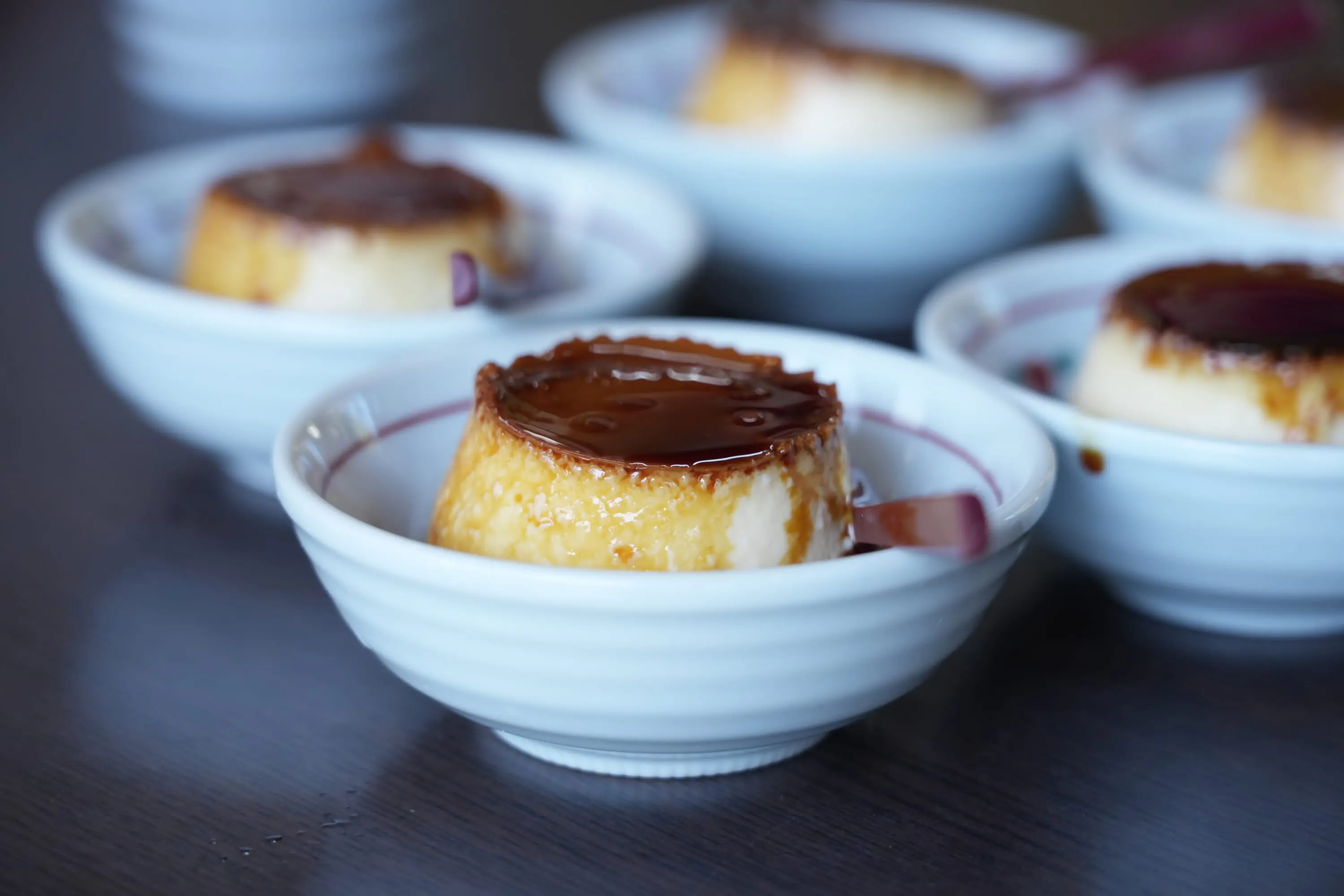
Okamotoya Ryokan
A charming inn with a history dating back to 1875, it boasts a vast garden with a picturesque celadon-colored bath. The smooth and silky water felt even better than it looked. The only disappointing thing was that we had to eventually leave. Gazing out at Beppu Bay and the impressive Myoban Bridge while surrounded by luscious greenery, we felt it was the perfect place to unwind. While we didn’t stay at the ryokan, it was easy to see why so many guests return. As well as being spacious and elegant, Okamotoya Ryokan also has a friendly proprietress, Nobuko Iwase, who made our short time there special.
After guiding us around the ryokan, Iwase then took us to the Okamotoya light meal restaurant up the hill. Extremely popular with locals and tourists, the eatery’s most well known for its jigoku-mushi puddings. Served there for over 35 years, the simple yet rich-tasting desserts topped a nationwide poll ranking local creme caramels in 2021. They’re a must-try for anyone visiting the Myoban area, but then so are the restaurant’s other dishes, including its soft and creamy jigoku-mushi egg sando, its succulent toriten (chicken tempura) and Ontama udon, a chewy noodle dish with a soft-boiled egg.

